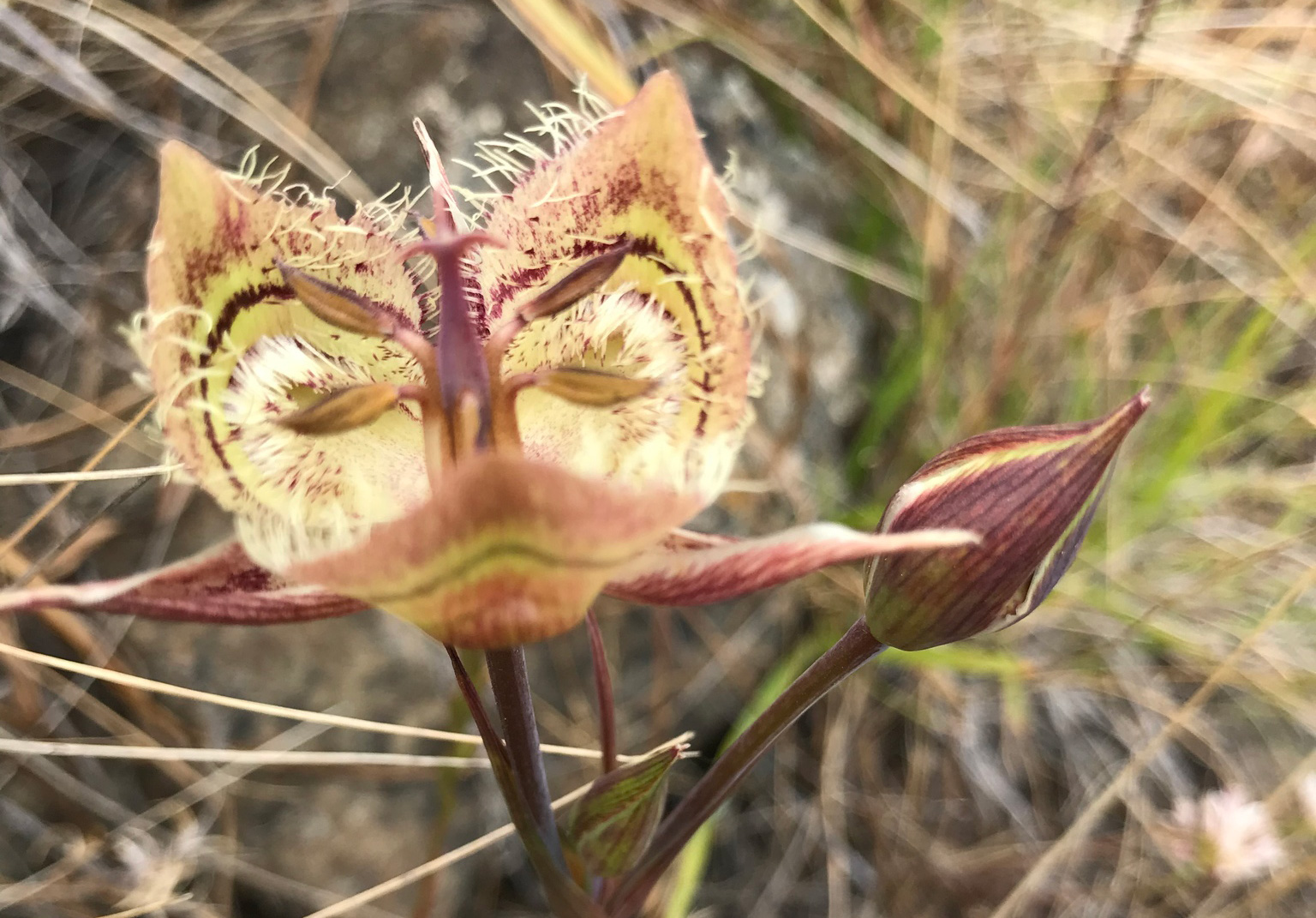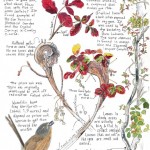Watch out for these unusual creatures next time you’re walking in a wet forest.

Sign up for our free weekly newsletter and understand everything better!


Watch out for these unusual creatures next time you’re walking in a wet forest.

by Richard A Minnich, University of California Press, 2008, 344 pages, $49.95. This scholarly book by a UC professor of earth sciences surveys historical observations of California flora and compares theories about the original pre-European vegetation and how it has … Read more
-150x150.jpg)
The dramatic fall silhouette of the California buckeye shows off its giant seeds, that largest of any of our native plants.

Get a few rash ideas about poison oak!
-150x150.jpg)
The classic image of a redwood forest is one of stately tall trees, dense shade, and lots of green. The columnar trunks of the giant trees draw our gaze up to the high canopy, but if we follow them down to the forest floor instead, in summer months we may find unexpected points of brilliant color. These are the colorful fruits (mostly berries) of the smaller plants that live in the shelter of the big trees.
-150x150.jpg)
Though surrounded by houses, Lime Ridge in Walnut Creek is rich in rare plants, including two new species discovered by an amateur botanist.
-150x150.jpg)
As many a plain Jane turned prom queen will attest, blooming late can have its rewards. But it’s also a challenge for local wildflowers.

Q: How does photosynthesis occur in plants that are not obviously green, such as ornamental plum trees with deep purple-colored leaves? [Paul, Santa Cruz] A: Photosynthesis (which literally means “light put together”) is that very elegant chemical process that jump-started … Read more
-150x150.jpg)
What’s the buzz on pollination? Bumblebees do it better!
-150x150.jpg)
The peaceful hills of Black Diamond Mines Regional Preserve weren’t always so: One hundred twenty years ago, you’d have found bustling towns full of miners and their families and, nearby, the mine works and railroads that carried out tons of coal and sand, feeding the booming industries of Northern California. Today, the park offers grand vistas, abundant wildflowers, and a mine tour that gives an illuminating view of both the work of the miners and the geological history that brought them here and shaped the aboveground landscape.